

FEATURE – The Sourcing team at insurance company SulAmérica tells us about how they were able to transform the process in their department in order to become more efficient in dealing with their workload.


INTERVIEW – Ahead of this week’s Lean Global Connection, we talk to one of the speakers, who is trying to create a foundry that is lean from the start.
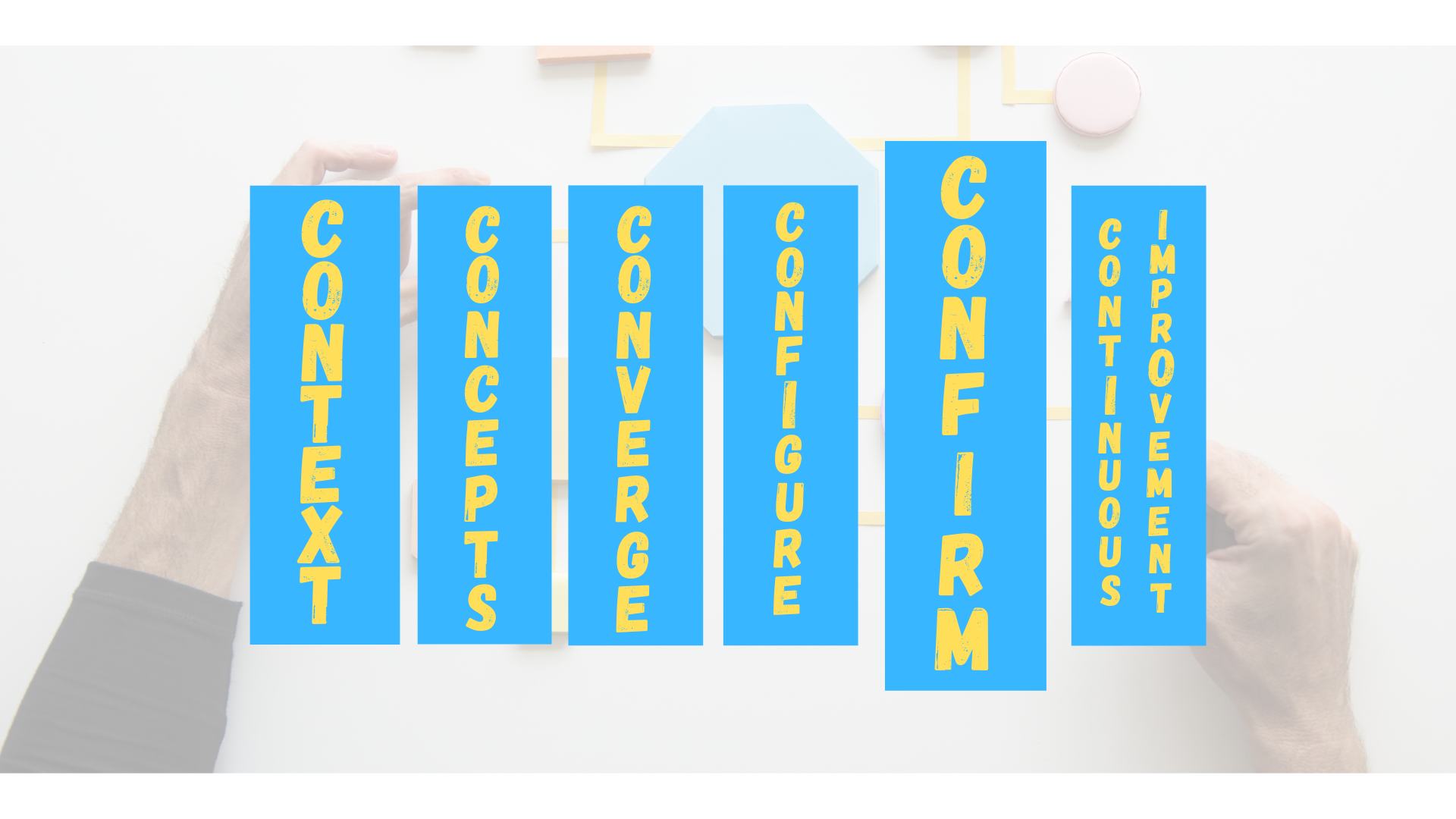

SERIES – The authors discuss the fifth of six elements in their 6CON process development model – CONfirm – leveraging a robust launch readiness approach to finalize the process while ensuring it meets the targets set in the business plan.


SERIES—The authors discuss Concepts, the second of six elements in their process development model, discovering the key knowledge gaps and exploring multiple process design options to facilitate learning.


FEATURE – Inventory reduction is critical to waste elimination. Yet, many are reluctant to do it, fearing demand variability and production instability will neutralize their efforts. Grupo Sabó's story proves otherwise.
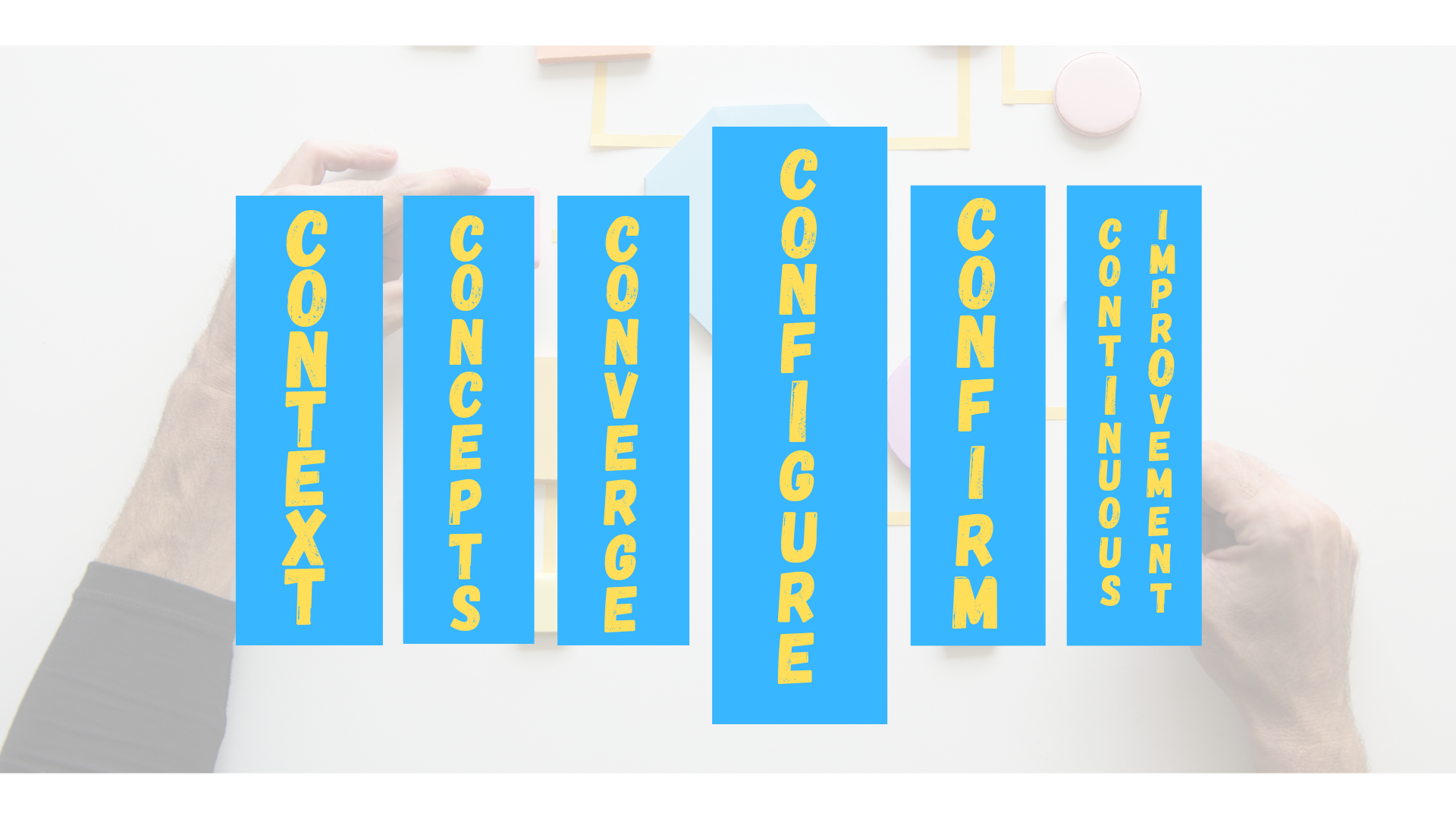

SERIES – The authors discuss the fourth of six elements in their 6CON process development model – CONfigure – refining the selected process concept to maximize value-added activities.
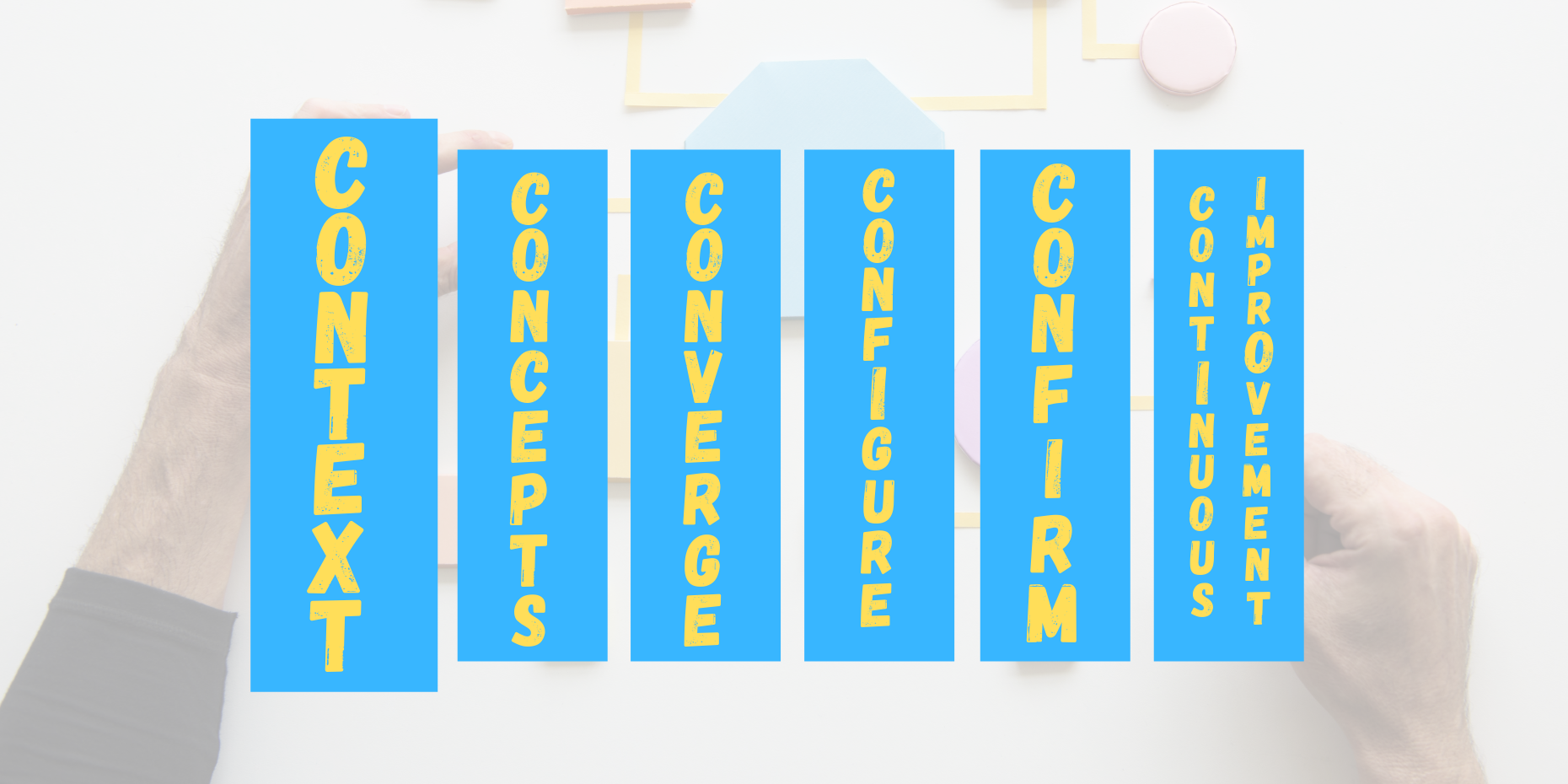

SERIES – The authors discuss the first of six elements in their process development model – Context – highlighting the importance of gaining clarity on the objectives of the process being created.
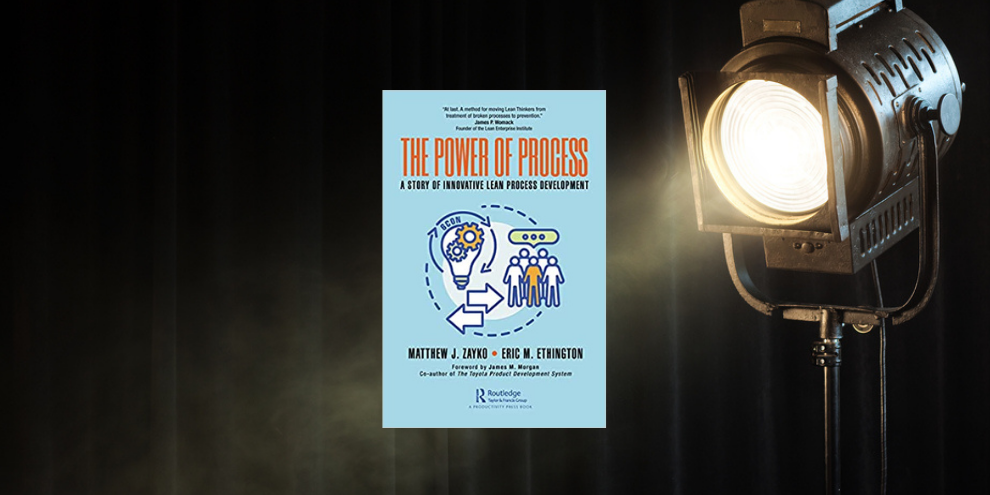

INTERVIEW – The authors of the new book The Power of Process debunk some of the most common myths about lean process development.


FEATURE – The introduction of a new process can be disruptive to an organization’s improvement efforts. But what if the process were designed to be lean from the start?


FEATURE – In his first gemba walk in months, the author observes the Covid-19 vaccination process in a physician’s practice in Wales and reflects on how lean it is.


CASE STUDY – Pall Corporation used lean product and process development principles to create the process to produce billions of doses of the Oxford/AstraZeneca vaccine for Covid-19 in record time.
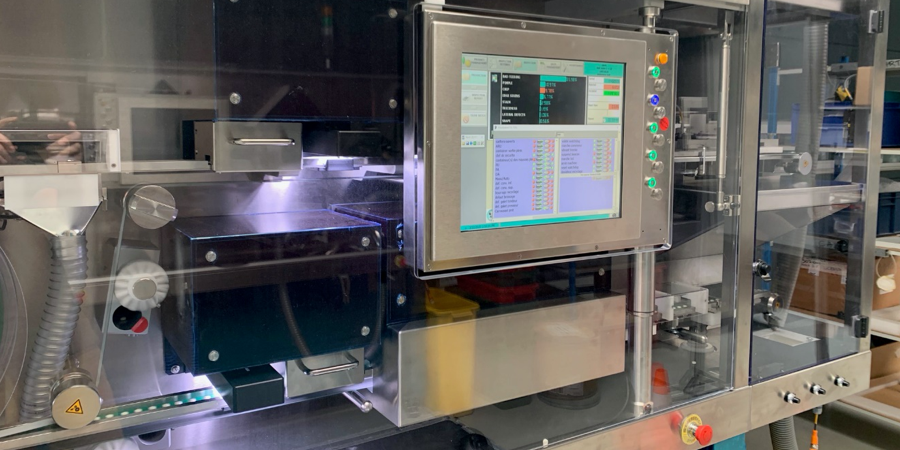

NOTES FROM THE (VIRTUAL) GEMBA – In this new series - one new article every week during the Covid-19 crisis) - the author asks companies how they are reacting to this health emergency. First up, Proditec.
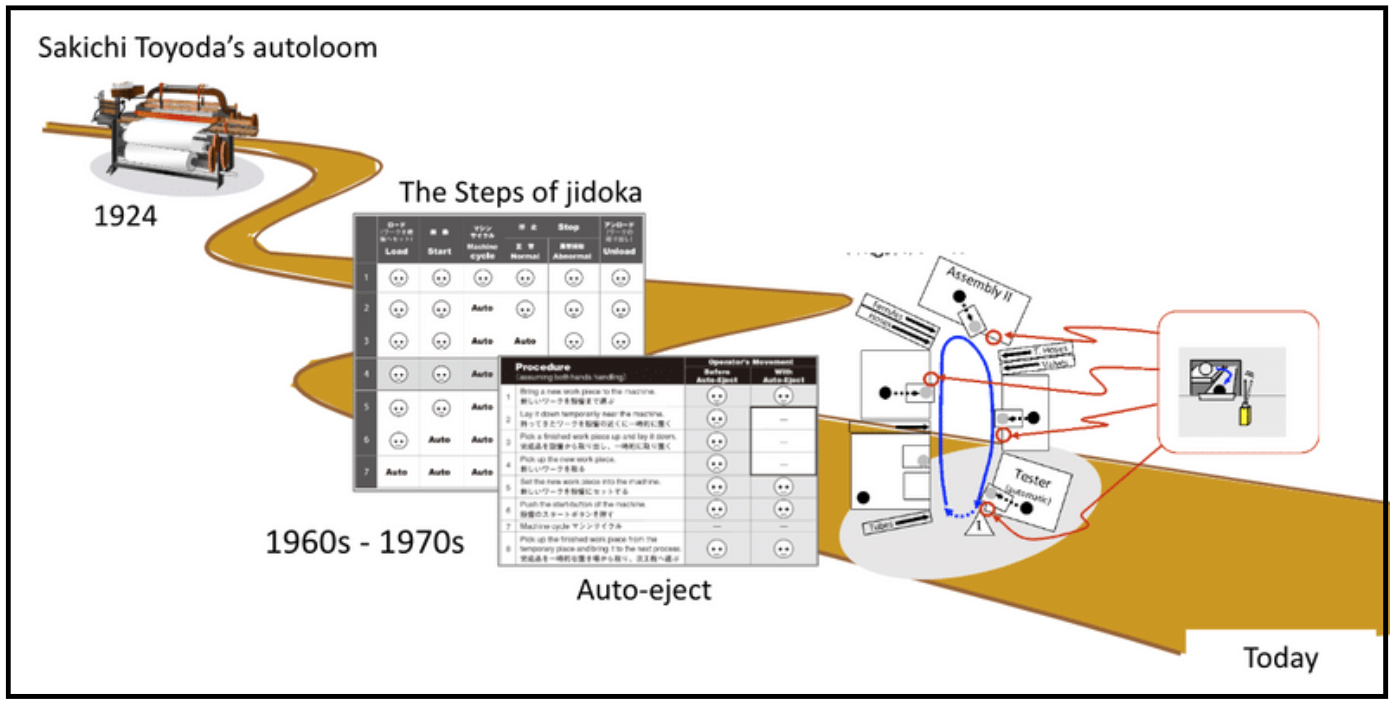

FEATURE – In the first piece of a series on Takehiko Harada’s contribution to TPS, the authors discuss the Nagara Switch and how it helps to achieve better Jidoka.


FEATURE – In this candid, personal account, the author shares her experience as a lean coach, her challenges and success, and how she adapts to different situations.
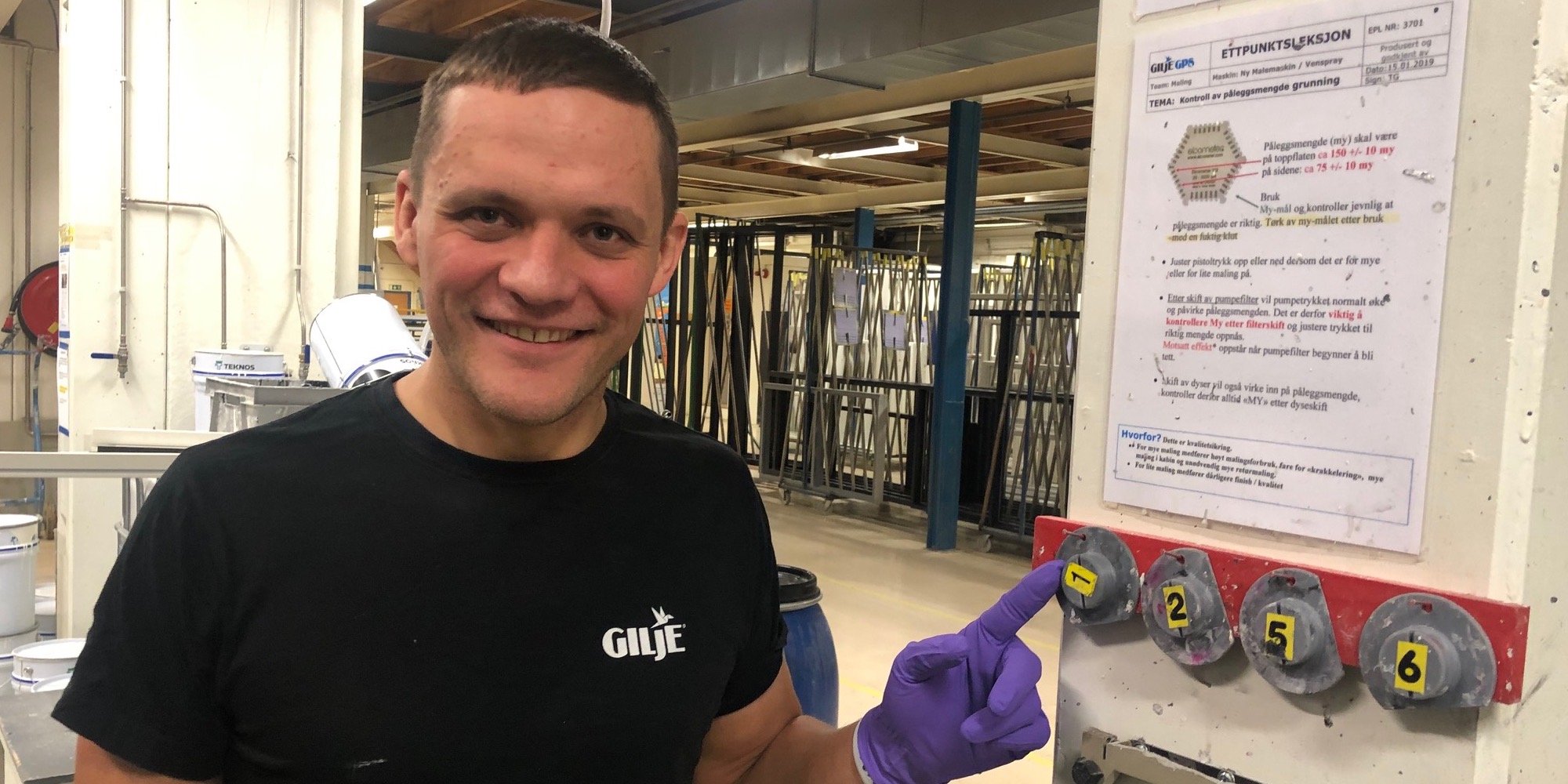

CASE STUDY – The story of this Norwegian window and door manufacturer shows how a deep and ongoing commitment to a lean transformation can help a company thrive against all odds.
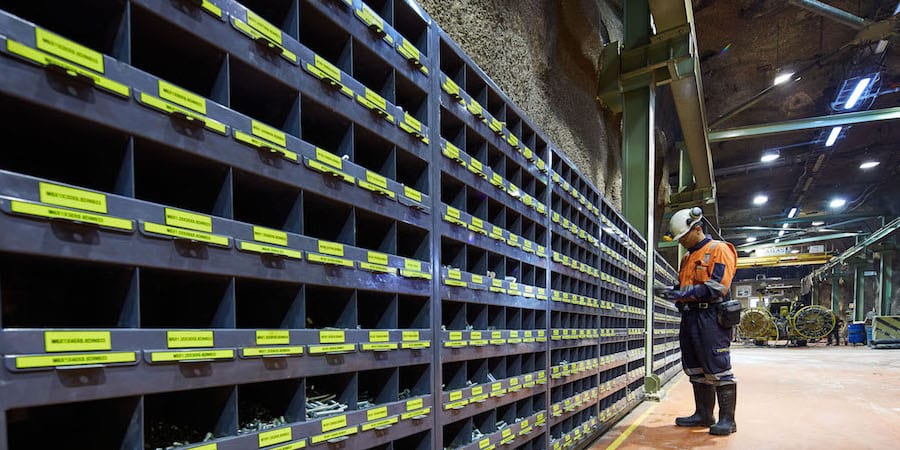


CASE STUDY – Over the past four years, by developing its kaizen capabilities and crafting a better approach to maintenance, a Turkish gold mine has significantly reduced its extraction costs.


FEATURE – For the first article in our series on the Halfway transformation, we asked the Sales team to tell us about how they apply lean to selling cars in a challenging social context.


FEATURE – An approach based on coaching and experiments is transforming the way restaurant chain Xibei works with its people to improve service and dishes: the story of Chef Liang and his Kongfu fish.
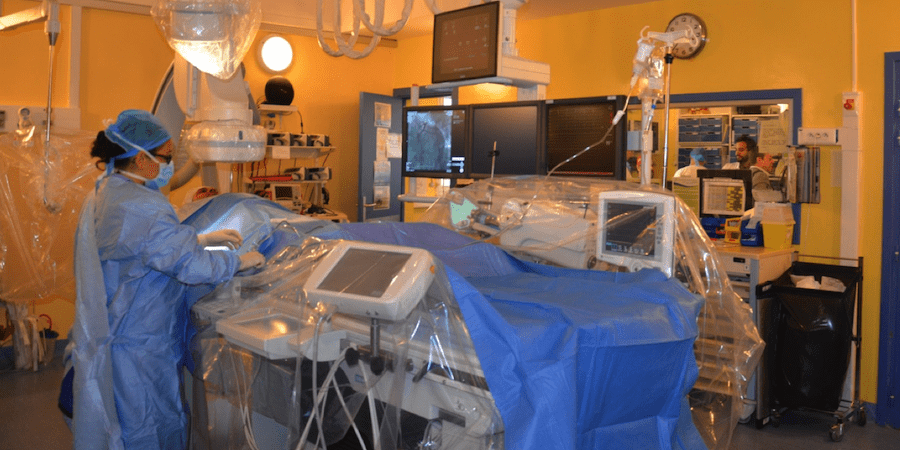

NOTES FROM THE GEMBA – On this gemba walk in the cardiology department of a Parisian hospital, the author discovers how the team is changing its internal dynamics and processes to make lean their way of thinking.


SERIES – In the final article in their series on lean process development, the authors discuss what it takes to get started with their 6CON process development model.


SERIES – The authors discuss the final elements in their 6CON process development model – CONtinuously Improve – making and sustaining consistent improvements over time that will produce even higher levels of performance.


SERIES – The authors discuss the third of six elements in their process development model – Converge – using experiments to test key aspects of different ideas, while objectively working towards a single design concept slated for refinement and implementation.


SERIES – The authors of The Power of Process open their new series by explaining why it’s critical to integrate product and process development.


CASE STUDY – Clinical trials are known for their rigorous analysis and approval process. The experience of Roche Brasil teaches us what lean and agile thinking can do to speed it up.


FEATURE – This article analyzes some of the most effective tools lean practitioners can deploy to design solid processes characterized by an effective sequence of tasks and a focus on customer value.


CASE STUDY – Here’s the story of a mature lean company from Michigan. The author tells us about Zingerman’s Mail Order’s lean transformation, their challenges and their successes.
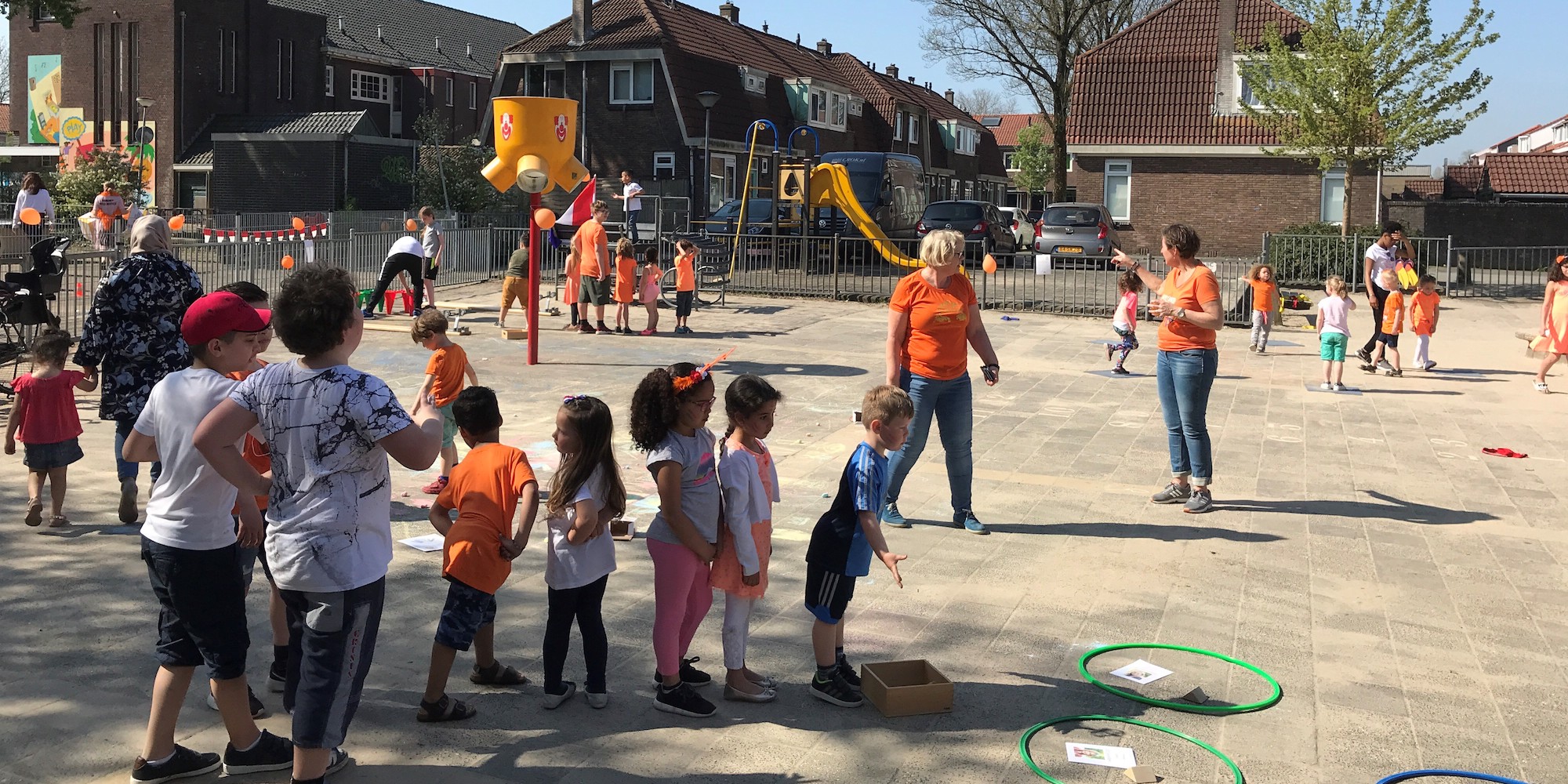

FEATURE – A school board in Holland is discovering the potential of lean thinking and improving its processes to tackle the overburdening of teachers.


FEATURE – One of the things making lean thinking so hard to explain in general terms is its dual nature as both an organizational and managerial approach. The authors explain how to handle this tension.


FEATURE – Designing beautiful work helps design beautiful clothes. Here’s the story of how women’s clothing brand Eileen Fisher found in lean a way to support its environmental sustainability strategy.


FEATURE – In the second article of our series written by the front-line staff of Siena University Hospital, we learn how the lean principles of pull and flow have transformed the blood donating process.


FEATURE – If we have high-volume (green) and low-volume (red) items in our production schedule, doesn’t it make sense to also have dedicated green and red equipment whenever possible?


